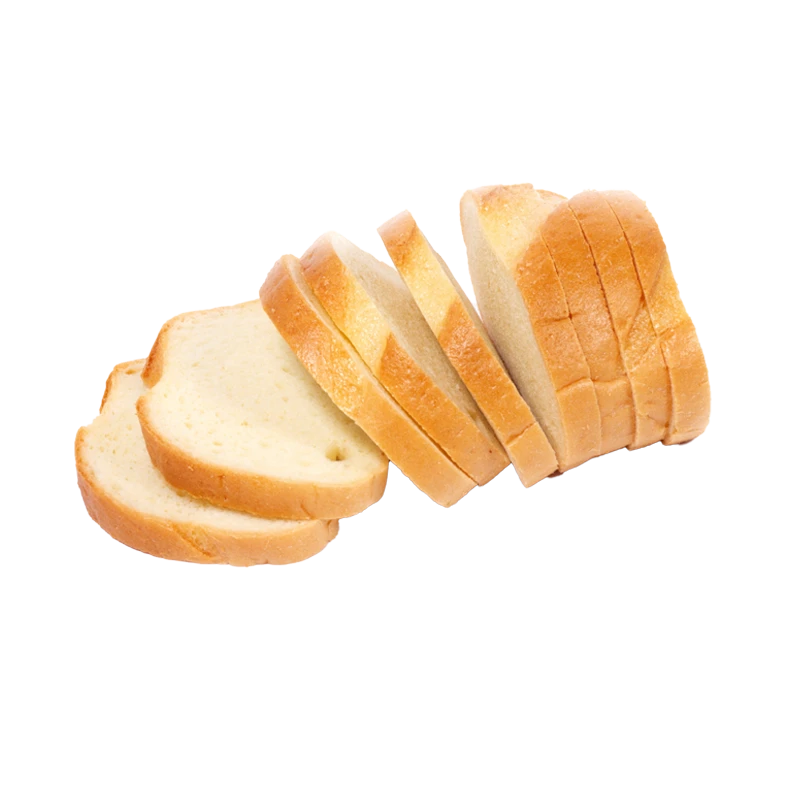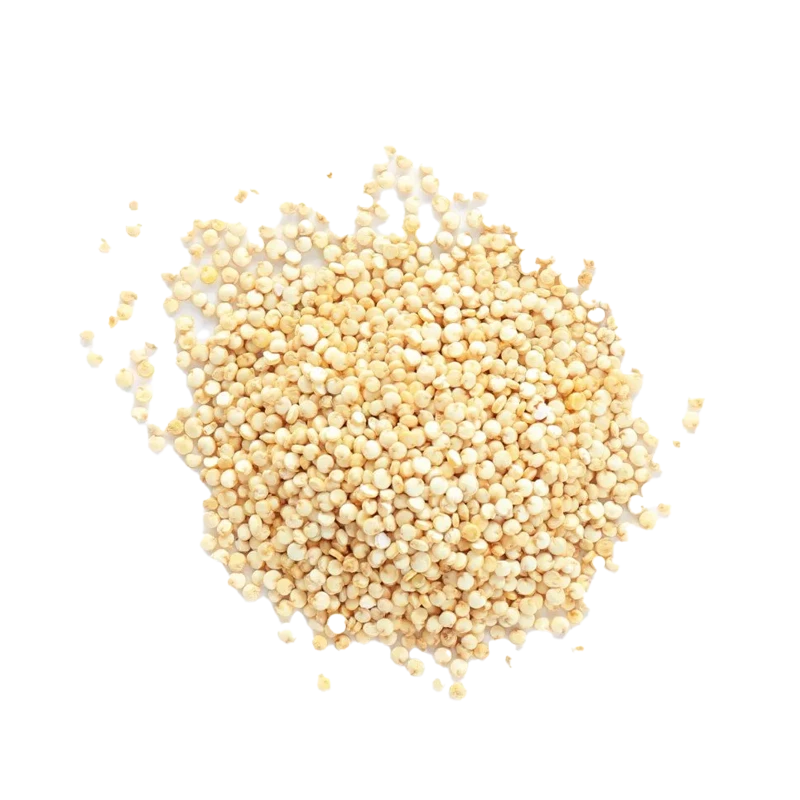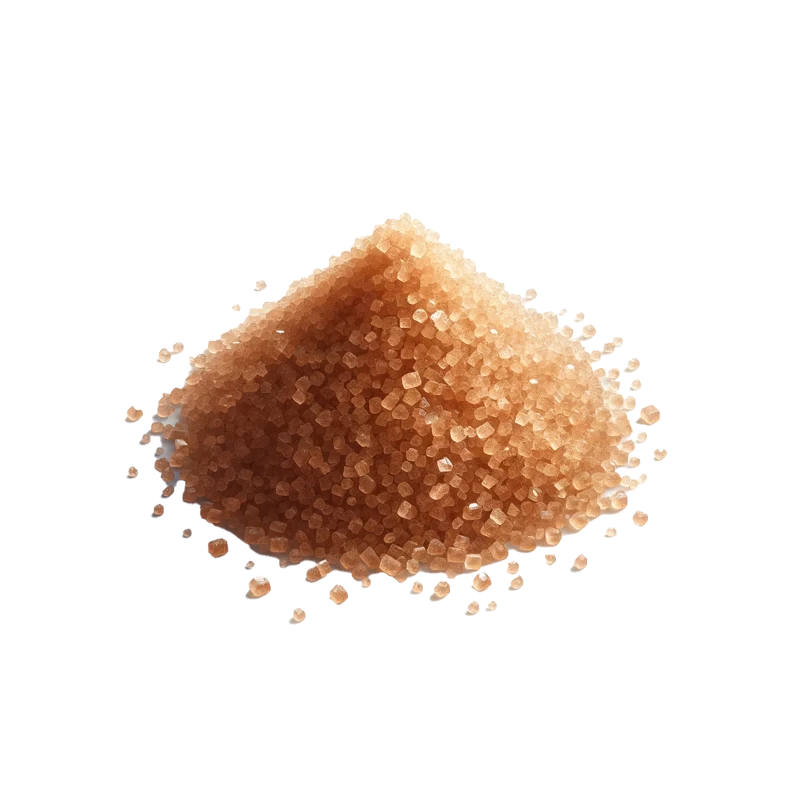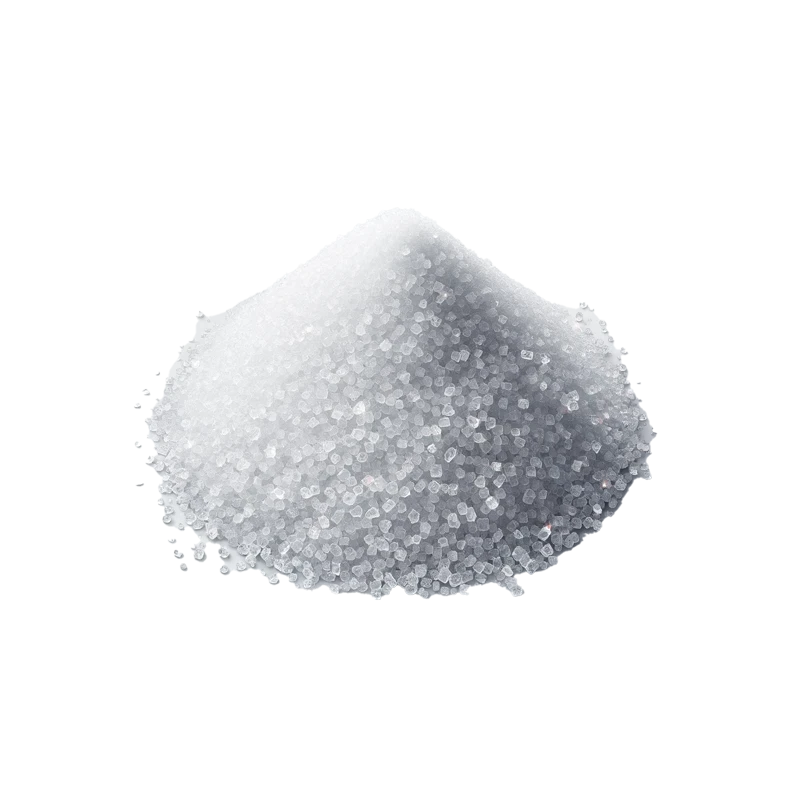Whole Wheat vs White Bread: Understanding The Health Differences


Written by Listonic Team
Last update on September 30, 2024
Whether you're making sandwiches or toast, deciding between whole wheat bread and white bread can feel like a balancing act between taste and nutrition. This guide will help you weigh the benefits of each, making it easier to choose the right loaf for your meals.
Fewer calories in whole wheat bread
Whole wheat bread provides slightly fewer calories than white bread and is rich in fiber, making it a better option for those seeking longer-lasting fullness and better digestion.
White bread is slightly higher in calories but is softer and more easily digestible. It’s often preferred for sandwiches or when a lighter, fluffier texture is desired.

Calories
247 kcal

Calories
265 kcal
*Nutrition per: 100 g
More carbs in white bread
White bread, with higher carbohydrate content, digests more quickly and can lead to quicker energy spikes. It's more suitable for those who need a quick energy boost or have higher daily carbohydrate requirements, like athletes or people with physically demanding lifestyles.
Whole wheat bread contains fewer carbohydrates than white bread, along with more fiber, making it a better choice for those who want to manage their carb intake while still feeling full longer. It's ideal for people following a balanced diet or aiming for steady energy levels throughout the day.

Carbs
41 g
Fiber
7 g
Sugars
6 g

Carbs
49 g
Fiber
3 g
Sugars
5 g
*Nutrition per: 100 g
More protein in whole wheat bread
Whole wheat bread has more protein than white bread, making it a better choice for individuals seeking to boost their protein intake in meals, especially in plant-based or vegetarian diets where every gram of protein counts.
White bread, though lower in protein, may be more easily digestible for some people. It’s a good option for those prioritizing quick, easy-to-digest carbs over protein, particularly if the protein is coming from other sources in the meal.

Protein
13 g

Protein
9 g
*Nutrition per: 100 g
Less sugar in white bread
White bread, with its lower sugar content, is an easier-to-digest option but lacks the additional nutritional benefits of whole wheat. It’s a good choice for those who prefer a lighter taste or need a quick source of energy without as much fiber.
Whole wheat bread has slightly more sugar than white bread, but it also comes with more fiber and nutrients, making it a better option for people looking to balance taste with nutritional value. It’s great for those focused on maintaining steady energy levels throughout the day.

Sugars
6 g

Sugars
5 g
*Nutrition per: 100 g
👨⚕️️ Medical disclaimer
Recently added articles


Couscous vs quinoa
When it comes to choosing a grain for your meals, couscous and quinoa are popular options. Both offer versatility in cooking, but they vary in texture, flavor, and nutritional benefits. This guide will explore their distinct properties, helping you decide which grain best suits your dietary goals and culinary preferences.
By Listonic Team
Sep 30, 2024


Arugula vs spinach
When looking for nutrient-packed leafy greens, arugula and spinach are top choices. Although both are excellent for salads and cooking, they vary in flavor, texture, and vitamin content. This guide will break down their differences, assisting you in selecting the best green for your meals and nutritional needs.
By Listonic Team
Sep 30, 2024


Eggplant vs zucchini
As versatile vegetables, eggplant and zucchini frequently feature in a variety of dishes. However, they differ in flavor, texture, and nutritional content. This comparison will explore their distinct qualities, aiding you in making the right choice for your cooking needs and dietary considerations.
By Listonic Team
Sep 30, 2024


Brown sugar vs white sugar
When it comes to sweeteners, brown sugar and white sugar are common pantry staples. While both add sweetness, they differ in flavor, texture, and potential health impacts. This guide will examine their unique characteristics, assisting you in choosing the right sugar for your baking needs and health considerations.
By Listonic Team
Sep 30, 2024
Listonic Team
Fact-checked
Our editorial team checked this article to make sure it was accurate at the time of publishing it.
Get the top-rated shopping list app on your phone!







